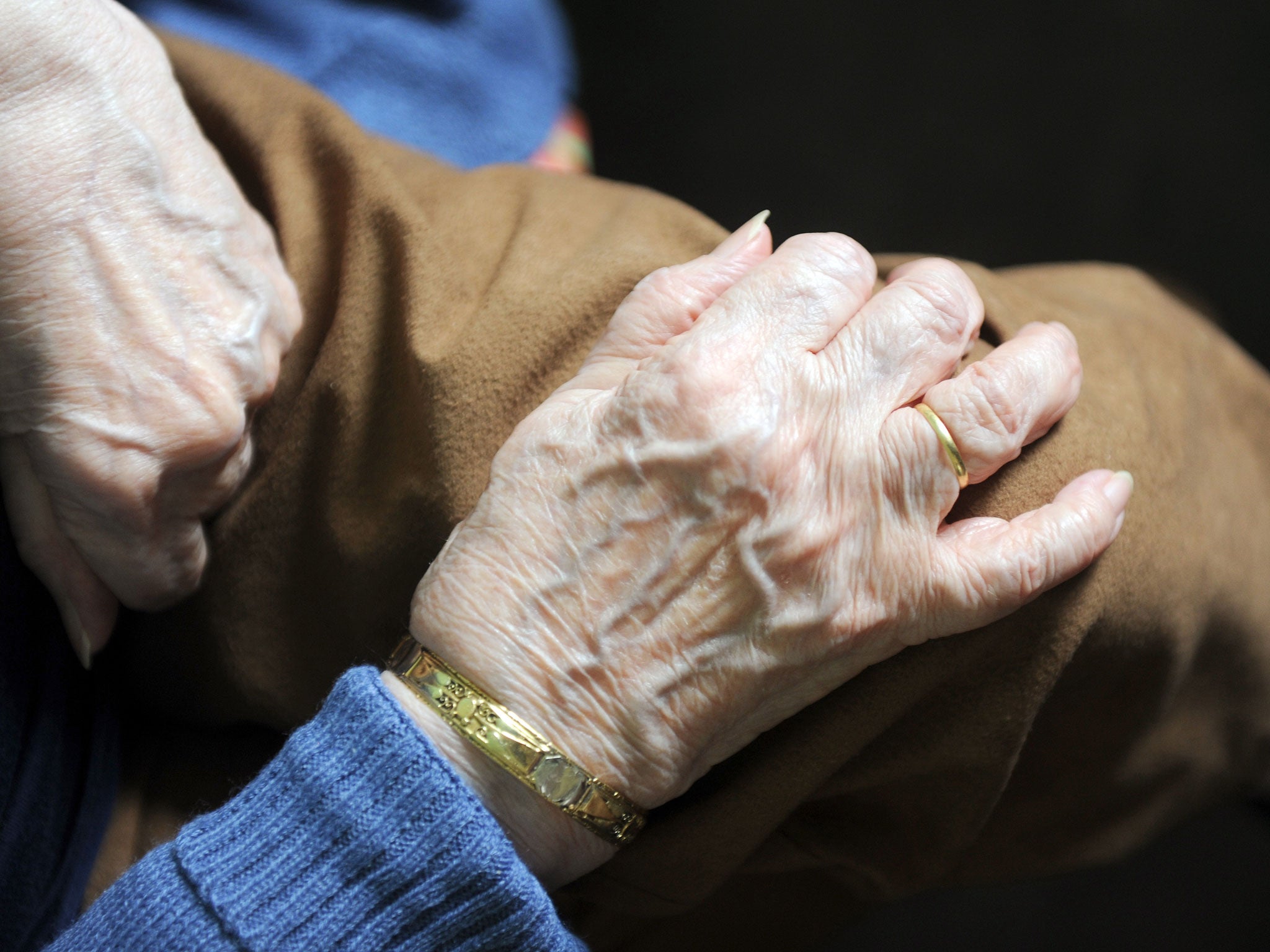Cost of state pensions to quadruple in the next 50 years

The cost of the state pension will soar 466 per cent in the next 50 years, according to official statistics.
Meanwhile the total of the UK’s GDP eaten away by the state pension will climb by almost half, from 6 per cent of GDP in 2012 to 8.4 per cent by 2062.
The Office of National Statistics reported yesterday that state pension costs will increase from £94bn in 2012/13 to £438bn in 2062/3.
The figures will strengthen the argument for increasing the age at which people qualify for the state payout.
Last week, Chancellor George Osborne outlined plans to raise the qualifying age to 70.
John Fox, of Liberty Sipp, said: "Such a high pensions cost will impose an almost impossible burden on the workforce - almost £1 in every £10 they generate will go to pay for Britain's army of retirees.”
Without the recent single-tier state pension reforms the cost could have climbed to 9.4 per cent of GDP.
Alarmingly the figures also pointed out that fewer women than men currently receive full basic state pension. While in September 2012, 80 per cent of male pensioners got it, just 46 per cent of female pensioners did.
Recent legislative changes have made the pension system fairer for women, although those over 55 will still fail to qualify for the full pension if they have had career breaks to raise families.
“The introduction of the new single-tier state pension in 2016 paid at a higher flat rate will benefit women, many of whom have worked part-time and as a consequence, have not had the opportunity to build up an entitlement to the earnings related state second pension,” said Malcolm McLean of Barnett Waddingham. “We can expect therefore the gap in future between the genders to be less marked.”
Join our commenting forum
Join thought-provoking conversations, follow other Independent readers and see their replies
Comments